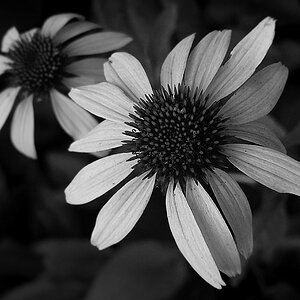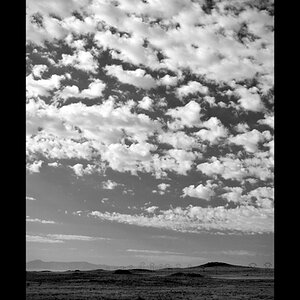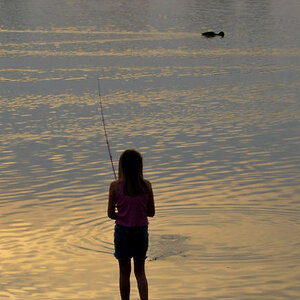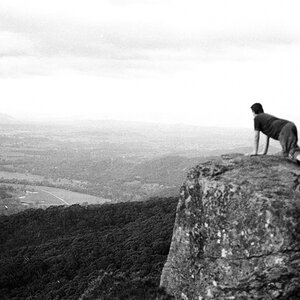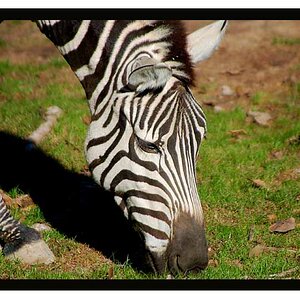Mike Jordan
TPF Noob!
- Joined
- Jun 1, 2005
- Messages
- 347
- Reaction score
- 0
- Location
- Hillsboro, Oregon
- Website
- www.sitnprettyphoto.com
Toruonu, you are making your life harder by using a 300mm lens. With the 300mm (not even considering the teleconverter) your lens is only seeing a small part of the sky. Because of this, the stars are shooting by that much faster, causing you to take shorter pictures to keep the movement down, which reduces the amount of light that hits your sensor, reducing the number of stars you will capture. Plus, you are going to have to pin point exactly where you want to shoot each time, as a lot of the really deep space stuff isn't very viewable with the necked eye with any amount of light polution around.
If you want to shoot with a long lens, buy a telescope and put a CCD camera on it and get some of the really fantastic shots you see.
But honestly, if you shoot with a 50mm or wider, you will find you will get a lot better images than you will with the 300mm. You will be able to take longer shots with no movement, allowing you to get deeper shots.
Another consideration, the motorized mounts that will take a heavier telescope or a camera with a heavier lens, are going to cost more than those that will take a lighter setup.
Mike
If you want to shoot with a long lens, buy a telescope and put a CCD camera on it and get some of the really fantastic shots you see.
But honestly, if you shoot with a 50mm or wider, you will find you will get a lot better images than you will with the 300mm. You will be able to take longer shots with no movement, allowing you to get deeper shots.
Another consideration, the motorized mounts that will take a heavier telescope or a camera with a heavier lens, are going to cost more than those that will take a lighter setup.
Mike


 You're very welcome here!
You're very welcome here! 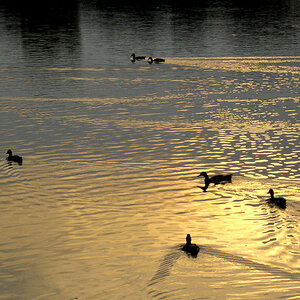
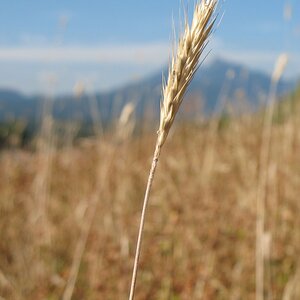
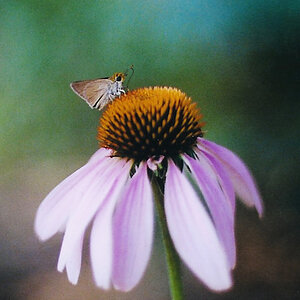
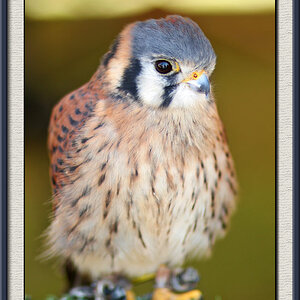
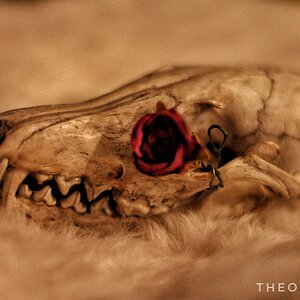
![[No title]](/data/xfmg/thumbnail/42/42067-88a229e814afcfc8848b3e293d8113d9.jpg?1619739998)
